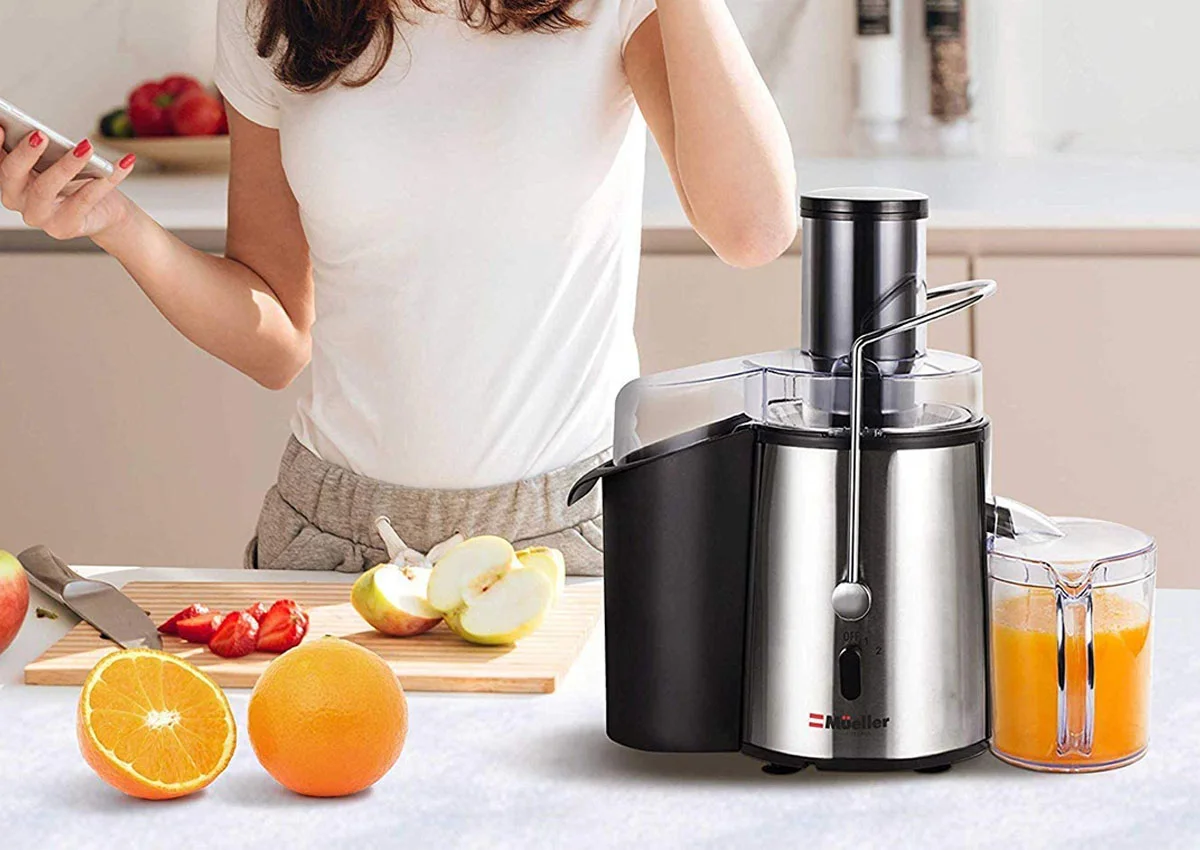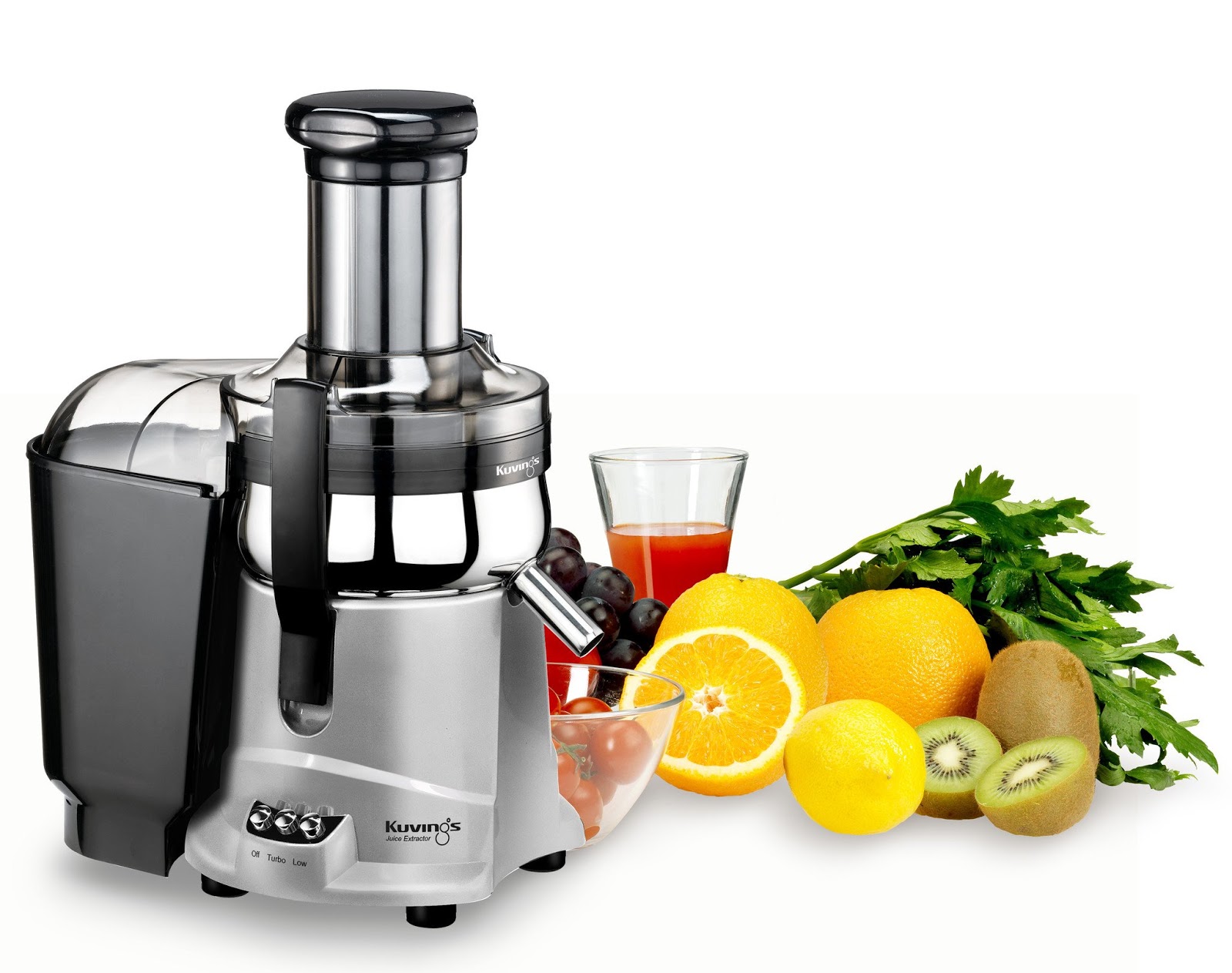Are you looking for a healthy and delicious way to boost your daily nutrition intake? Look no further than a Slow-Juicer! This powerful kitchen appliance has gained popularity in recent years for its ability to extract juice from fruits and vegetables without losing valuable nutrients. But if you want to squeeze the goodness out of your produce truly, there are a few essential tips and tricks to keep in mind. In this blog post, we’ll cover everything you need to know about using a Slow Juicer like a pro, from choosing the right ingredients to maintaining your machine for long-lasting use. Get ready to take your juicing game to the next level!
Understanding the Basics of Slow Juicing
If you’re new to the world of slow juicing, understanding the basics is key to getting the most out of your Slow-Juicer. Slow juicing, also known as cold-press juicing, is a method of extracting juice from fruits and vegetables that preserves the maximum amount of nutrients and enzymes. Unlike traditional juicers that use high-speed blades to chop and shred produce, Slow-Juicers use a gentle pressing and crushing action to extract juice. This slower process ensures that the juice retains more of its nutritional value and results in a higher yield of juice.
One of the main benefits of slow juicing is its ability to preserve enzymes and antioxidants that can be lost in high-speed juicing. By minimizing the oxidation process, Slow-Juicers help to maintain the freshness and quality of the juice for longer periods. This means you can make larger batches of juice and store them without worrying about the loss of nutrients.
When it comes to choosing ingredients for your Slow-Juicer, the options are endless. Fruits like apples, oranges, and berries are popular choices, as well as vegetables like kale, spinach, and cucumbers. You can also experiment with adding herbs, ginger, or even a splash of lemon for an extra kick of flavor.
 Key Features and Benefits of Using a Slow-Juicer
Key Features and Benefits of Using a Slow-Juicer
Using a Slow-Juicer comes with a range of key features and benefits that can enhance your juicing experience. First and foremost, Slow-Juicers are designed to gently crush and press the produce, resulting in higher juice yields and a richer taste. The slow, gentle extraction process helps to retain more nutrients and enzymes, ensuring that you get the maximum health benefits from your juice.
Another major advantage of using a Slow-Juicer is its ability to preserve the freshness and quality of the juice for longer periods. By minimizing the oxidation process, Slow-Juicers allow you to make larger batches of juice and store them without worrying about nutrient loss. This means you can easily incorporate fresh, homemade juice into your daily routine.
Slow-Juicers also offer versatility when it comes to ingredient choices. From a wide variety of fruits and vegetables to herbs and spices, you can experiment with different flavors and combinations to create your own unique recipes.
Additionally, Slow-Juicers are often quieter and more compact compared to traditional juicers, making them a convenient and space-saving addition to your kitchen. With their efficient extraction process and easy-to-clean components, Slow-Juicers provide a hassle-free juicing experience.
Tips and Tricks to Maximize Juice Extraction
Are you ready to take your slow juicing skills to the next level? Here are some tips and tricks to help you maximize the juice extraction from your Slow-Juicer.
- Use the right produce: Opt for ripe fruits and vegetables as they will yield more juice. Hard fruits like apples and carrots are great for juicing, while leafy greens like kale and spinach can be mixed with other ingredients for a nutrient-packed drink.
- Prep your produce: Before juicing, wash your fruits and vegetables thoroughly. Remove any peels or tough skin, and remove seeds or pits. Cutting your produce into smaller pieces will make it easier for your Slow-Juicer to extract juice.
- Alternate soft and hard ingredients: To prevent clogging and ensure efficient juice extraction, alternate soft and hard ingredients when feeding them into the juicer. It will help the machine process the produce smoothly.
- Slow and steady: As the name suggests, Slow-Juicers work at a lower speed compared to traditional juicers. Allow the machine to extract the juice slowly, as this helps to preserve more nutrients and enzymes.
- Get the most out of your pulp: Don’t discard the leftover pulp from your Slow-Juicer! It can be used in various recipes like muffins, pancakes, or even added to soups for an extra fiber boost.
Healthy Recipes to Try with Your Slow-Juicer
Looking to jazz up your Slow-Juicer routine with some healthy and delicious recipes? We’ve got you covered! Here are a few ideas to get you started:
- Green Goddess: This refreshing recipe combines kale, spinach, cucumber, apple, and a squeeze of lemon for a vibrant green juice that’s packed with nutrients. It’s the perfect way to start your day on a healthy note!
- Tropical Twist: Bring a taste of the tropics to your juicing game with this recipe. Blend pineapple, mango, orange, and a handful of mint leaves for a tropical burst of flavors. It’s like a vacation in a glass!
- Beet Boost: Looking for a natural energy boost? Try this recipe that combines beets, carrots, ginger, and a dash of turmeric. It’s a vibrant and zesty juice that will give you a little extra pep in your step.
- Berry Blast: For a sweet and tangy treat, blend together strawberries, blueberries, raspberries, and a splash of coconut water. It’s a fruity explosion that’s as delicious as it is nutritious.
- Remember, these recipes are just a starting point. Feel free to experiment with different fruits, vegetables, and herbs to create your own unique concoctions. So dust off that Slow-Juicer and get ready to sip on some goodness! Cheers to your health!
Maintenance and Care Tips for Your Slow Press Juicer
Taking proper care of your slow-press juicer is essential to ensure its long-lasting use and optimal performance. Here are some maintenance and care tips to keep your machine in top shape:
- Clean after every use: Cleaning your Slow Press Juicer immediately after each use is crucial. Disassemble the parts and rinse them with warm water, removing any leftover pulp or residue. Use a brush or sponge to clean hard-to-reach areas, and make sure to dry all components thoroughly before reassembling.
- Avoid dishwasher use: While some parts of your Slow-Juicer may be dishwasher safe, it’s best to hand wash them to prevent any potential damage. The high heat and abrasive detergents used in dishwashers can affect the quality and lifespan of your machine.
- Be gentle with the auger: The auger is the heart of your Slow-Juicer, responsible for extracting juice from the produce. Handle it with care and avoid using excessive force when assembling or disassembling it.
- Store properly: When not in use, store your slow-press juicer in a cool, dry place. Avoid exposure to direct sunlight or extreme temperatures, as this can affect the performance and longevity of your machine.
- Regular maintenance: Periodically check the juicer for any signs of wear or damage, such as cracks in the parts or a decrease in juice extraction efficiency. If you notice any issues, contact the manufacturer for assistance or schedule a professional maintenance service.
The Power of Cold-Press: Why Slow Juicing is Better for You
Slow juicing, also known as cold-press juicing, offers a multitude of benefits that make it a superior choice for health-conscious individuals. Unlike traditional juicers that use high-speed blades, Slow-Juicers operate at a lower speed, gently crushing and pressing the produce to extract juice. This slower process helps to retain more nutrients, enzymes, and antioxidants, ensuring that you receive the maximum health benefits from your juice.
By minimizing the oxidation process, Slow-Juicers maintain the freshness and quality of the juice for longer periods. It means you can make larger batches of juice and store them without worrying about nutrient loss. Additionally, Slow-Juicers provide higher juice yields and a richer taste compared to traditional juicers.
Juicing for a Cause: Using Your Juice Extractor to Make a Difference
Have you ever considered using your Slow-Juicer to make a difference in the world? Juicing for a cause is a wonderful way to not only boost your own health but also contribute to a greater cause. By using your juice-extractor, you can support local farmers, reduce food waste, and help those in need.
One way to make a difference is by sourcing your fruits and vegetables from local farmers. By doing so, you are supporting local agriculture and promoting sustainable farming practices. It helps to reduce the carbon footprint associated with transporting produce long distances and ensures that you are getting the freshest, most nutrient-rich ingredients for your juices.
Another way to use your Juice Extractor for a cause is by reducing food waste. Did you know that billions of pounds of perfectly good produce go to waste each year? By juicing fruits and vegetables that may not look perfect but are still perfectly edible, you are helping to reduce this waste. Consider partnering with local food banks or community organizations to donate the excess juice that you can’t consume.
FAQs
1. Can I juice citrus fruits in a Slow-Juicer?
Absolutely! Slow-Juicers are designed to handle a wide variety of fruits and vegetables, including citrus fruits like oranges and lemons. Just be sure to peel them first before feeding them into the juicer to avoid any bitter flavors.
2. How long can I store juice from a slow juicer?
The beauty of Slow-Juicers is that they help preserve the freshness and quality of the juice for longer periods. You can store juice from a Slow-Juicer in an airtight container in the refrigerator for up to 72 hours. However, it’s best to consume the juice as soon as possible to get the maximum benefits from the nutrients.
3. Can I juice leafy greens in a Slow-Juicer?
Absolutely! Slow-Juicers are great for juicing leafy greens like kale, spinach, and lettuce. Just be sure to alternate them with harder ingredients to ensure smooth processing.
4. Do I need to peel my fruits and vegetables before juicing?
It depends on the produce. For fruits like apples, pears, and oranges, it’s best to remove the peels. However, for some vegetables like carrots and cucumbers, the peels can be juiced as they contain valuable nutrients.
Conclusion
As you can see, using a slow-juicer can revolutionize your juicing game. With its ability to retain more nutrients and enzymes, provide higher juice yields, and offer versatility in ingredient choices, a Slow-Juicer is a must-have for any health-conscious individual. By following the tips and tricks mentioned in this blog post, you can maximize juice extraction and create delicious and healthy recipes that will boost your daily nutrition intake. So why wait? Get ready to squeeze the goodness out of your produce and take your juicing to the next level with a Slow-Juicer! Cheers to your health!



